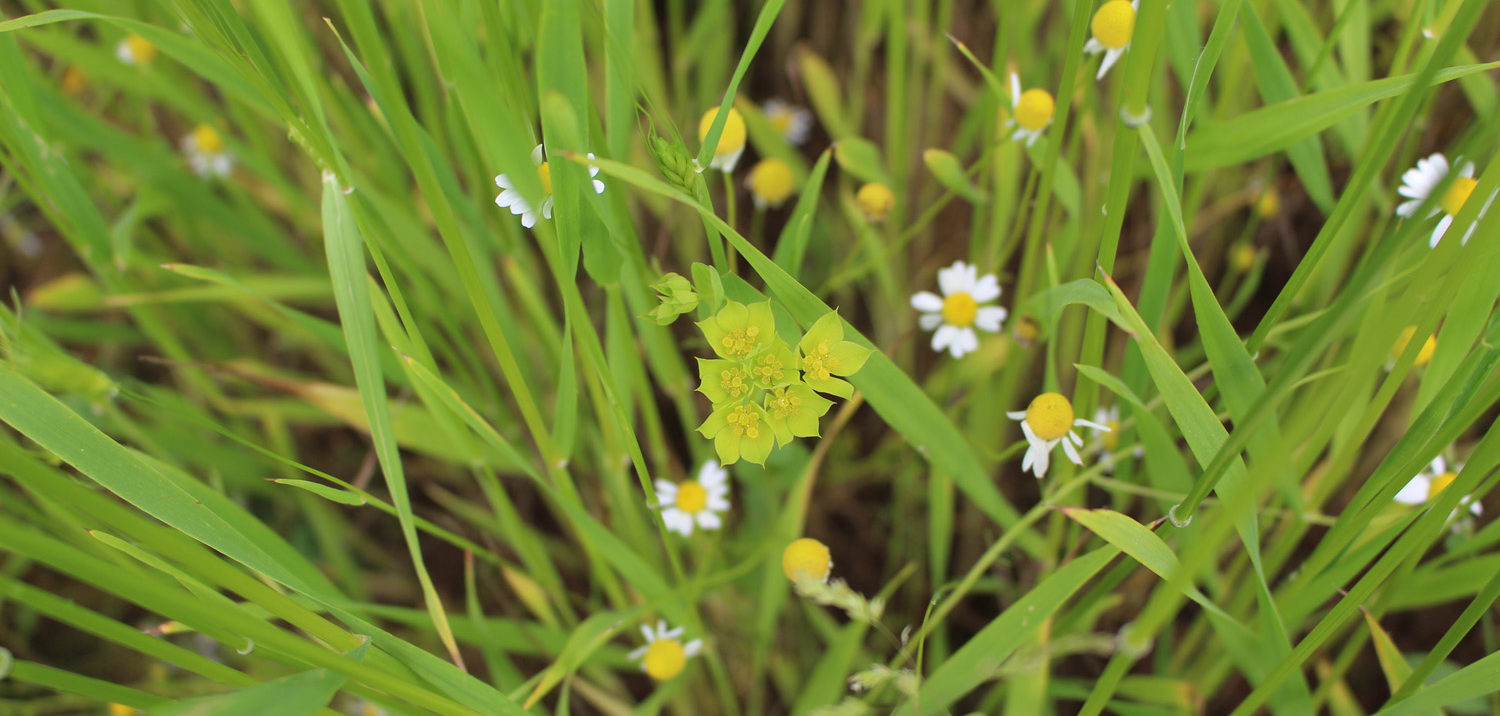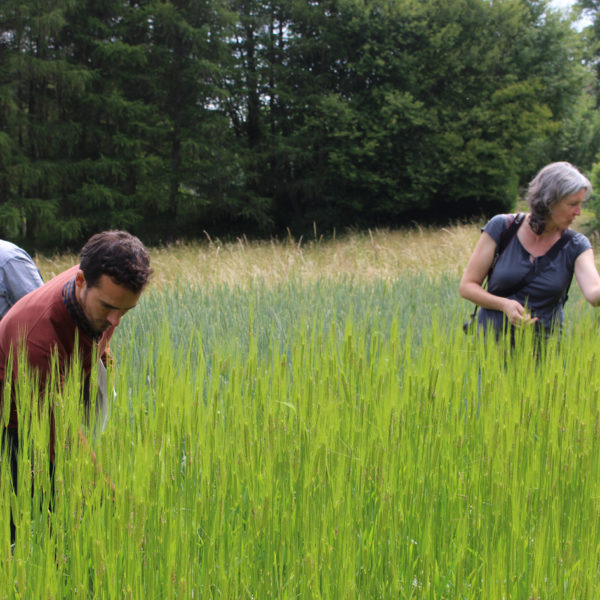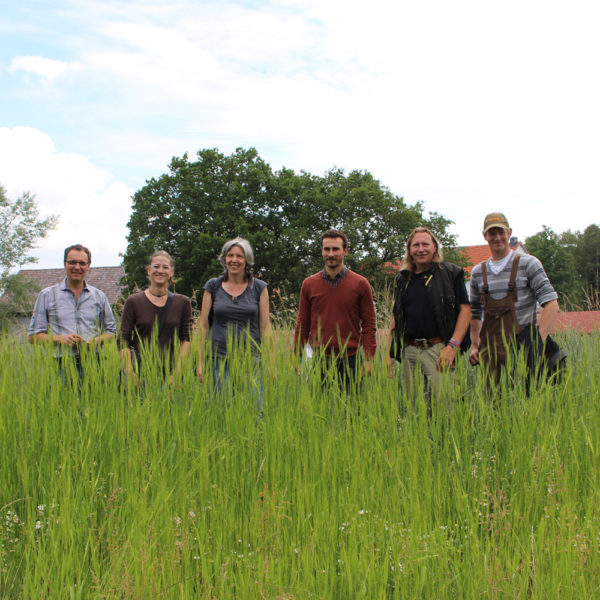Field weeds

While the old saying goes “ill weeds grow apace”, these days, many weeds that were once found in diverse abundance across farmland are now threatened with extinction or have already disappeared. Faced with modern pesticides, improvements in seed cleaning and sophisticated modern hoeing and harrowing techniques, only a few species have managed to prevail. Cleavers and red poppies still defy weed control practices in many fields. Other field weeds, however, have long since lost the battle, or at the very least are highly endangered.
As a certified Ark Park, we are not only committed to breeding and caring for old farm animal breeds but also to the preservation of old cultivated plants. But are wild field weeds really cultivated plants worthy of protection? And why do we actually need weeds? Volker Weber, Head of the Department of Historical Agriculture & Environment at the Hessenpark Open Air Museum, can think of many reasons: “With every species of plant that disappears, we lose all the characteristics of that species. If we don’t want to rely solely on what genetic engineering has to offer plant breeding, including the risks, we need the diversity weeds bring as they transfer special properties to useful or ornamental plants through proven breeding methods”. Another advantage of weeds is that they maintain the ecological balance by upholding key interactions, such as serving as a source of food for particular caterpillars. Many weeds also have healing properties and are useful in herbal medicine. And if you take another look, many field weeds are also quite simply beautiful.
As a result, together with the Field Flora Reserve of the city of Nidderau and the Forestry Management and Nature Conservation Service Centre of Hessen-Forst (FENA), Hessenpark launched an initiative in 2013 to preserve rare field weeds. Since then, genuinely rare plant seeds, such as hound’s ear or white laceflower, have been transferred on a regular basis from the Field Flora Reserve’s cultivation beds for establishment on the Open Air Museum’s farmland. Under the direction of Mascha Werth, more than 60 endangered field weed species are cultivated in the beds of the Field Flora Reserve of the city of Nidderau. Cultivation requires a great deal of expertise and manual labour, as field weeds are adapted to arable conditions and thus require soil that has been cultivated agriculturally. These species are unable to establish themselves on greenfield land.
The historical agriculture in place at the Hessenpark Open Air Museum is optimal for these endangered species because they are farmed in line with ecological cultivation guidelines as well as with historical methods of cultivation. This leaves plenty of room for rare wild plants. Exactly which of the rare field weeds from the Field Flora Reserve will find a permanent home back in the fields will become clear over the next few years. But as early as the summer of 2015, the first success stories were already in evidence during an attempt to monitor which plants had established themselves. As part of this monitoring, a group of experts from the Nidderau Field Flora Reserve, Hesse Forestry Management and Nature Conservation (FENA) and the Hessenpark Open Air Museum set out in search of lost cornfield treasures. They were rewarded with a total of five species found blooming in the historical terraced fields.



Mit dem Laden der Karte akzeptieren Sie die Datenschutzerklärung von Google.
Mehr erfahren




